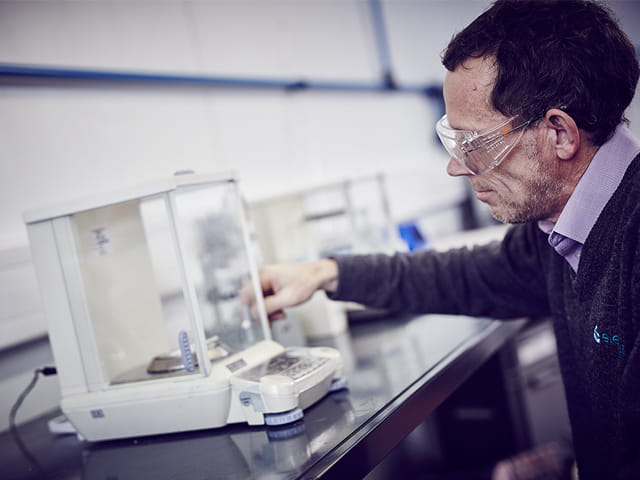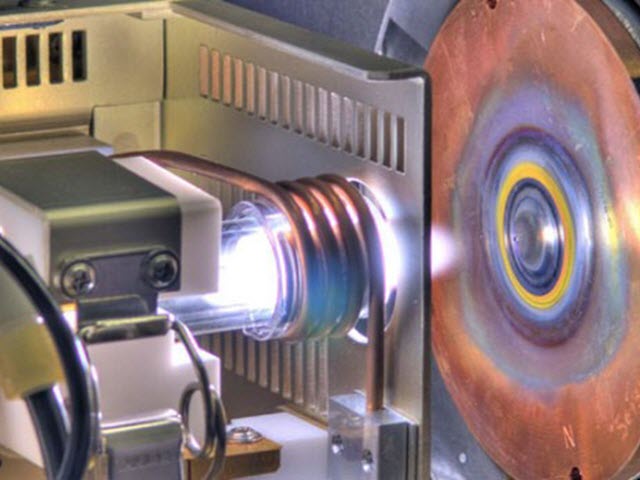Restriction of Hazardous Substances (RoHS) compliance testing is standard procedure for most companies dealing in the production or distribution of electrical and electronic component equipment.
The European Union created the RoHS directive for human and environmental protection from hazardous substances and put it into effect on July 1, 2006. In July 2019, the RoHS3 Directive, titled “Directive (EU) 2015/863,” went into full effect and excluded medical devices from the requirements. Beginning July 2021, the medical device exemption is expiring, and additional testing may be required for your materials to prove RoHS compliance, specifically if these products are intended for use in the Eurasian Economic Union (EAEU).
The RoHS directive restricts the use of these ten hazardous chemicals in electrical and electronic products:
- Lead (Pb)
- Mercury (Hg)
- Cadmium (Cd)
- Hexavalent Chromium (Cr(VI))
- Polybrominated Biphenyls (PBB)
- Polybrominated Diphenyl Ethers (PBDE)
- Bis(2-Ethylhexyl) phthalate (DEHP)
- Benzyl butyl phthalate (BBP)
- Dibutyl phthalate (DBP)
- Diisobutyl phthalate (DIBP)
RoHS设定最大的公司ncentration values for each of these restricted substances. All are at 0.1%, except for cadmium with a limit of 0.01%.
The Element Advantage
The RoHS3 Directive was created to ensure the protection of life, human health, and the environment, and our RoHS experts are here to help. At Element, we help our customers ensure RoHS compliance by using various analytical methods to verify levels of the restricted substances and determine concentrations of RoHS substances in test samples.
For more information or to request a quote,please contact us.
nearly 190 years of making certain
More from Element

Chemical Analysis
Find out how Element's chemistry teams work with our customers to identify the contents, composition and quality of materials they develop and manufacture.
Read More

IECEE CB Scheme and Approvals
As a National Certification Body (NCB), Element can test your products under the scheme. We can provide internationally recognised certificates based on testing from any associated CB scheme testing laboratories (CBTL).
Read more

Trace Metals Analysis
Find out how Element's trace metals analysis can determine the toxicity of a material and predict its interactions with other compounds.
READ MORE

RoHS Certification Requirements in the EAEU
Learn more about the EAEU Technical Regulation 37/2016 on the Restriction of Hazardous Substances (RoHS) for electronics and radio-electronic products.
READ MORE




